Marine Science
Mangrove forests trap floating litter
Marine plastic pollution accumulates in mangrove forests and is a danger to sea life.
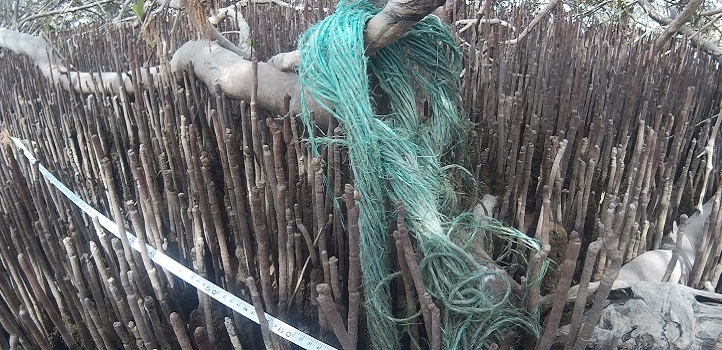
Mangrove forests on the coasts of Saudi Arabia act as litter traps, accumulating plastic debris from the marine environment, according to new research from KAUST. The study offers an explanation for the fate of missing marine plastic litter and highlights the threat it poses to coastal ecosystems.
“Of all the plastic discarded in the marine environment globally, only 1 percent is found floating in surface waters. That means that 99 percent of the plastic is elsewhere, but yet we don’t know where exactly,” says Cecilia Martin of KAUST’s Red Sea Research Center. In previous work, Martin and others in Carlos Duarte’s research group, found relatively low levels of plastic litter in the Red Sea. Next, to identify the location of this missing litter, the team used an unmanned aerial vehicle to scour the beaches.
Now, together with Hanan Almahasheer, Martin has surveyed litter in mangrove forests along the Red Sea and Arabian Gulf. They recorded the type and location of the litter, as well the weight of some items and various features of the sites, such as the distance to the nearest coastal city and to intense marine traffic, the density of the trees, and how far the litter was from the shore or the sea.
Plastic pollution in the Red Sea has been found to become trapped in mangrove forests.
© 2019 KAUST
They found one litter item every square meter or two, with greater density along the Arabian Gulf than the Red Sea. Plastic made up more than 90 percent of the litter: the most common were small items, such as bottles, bags, lengths of rope and food wrappings. High density groves had more litter, and the aerial roots acted like a sieve, capturing large plastic debris from the water and causing mangroves to accumulate more plastic than bare beaches.
The team’s analysis showed that the density of debris depends on the distance to major maritime traffic routes rather than land-based factors, such as the distance to the nearest city. Traffic further from the coast caused less litter accumulation, but only up to a certain distance. Unexpectedly, litter density began to increase again once the traffic was more than 15km away, which the researchers propose is due to currents transporting the litter to mangroves.
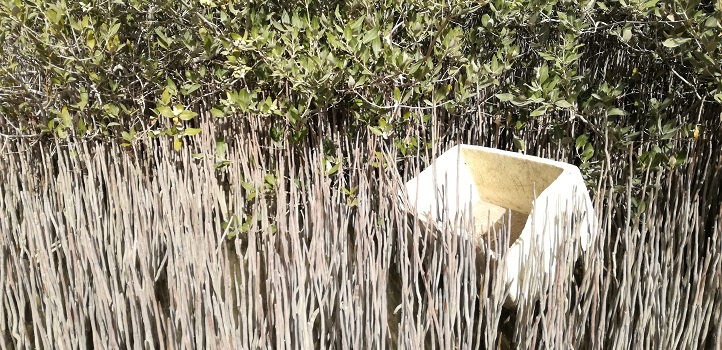
The aerial roots of mangroves act as a sieve to trap large floating debris from the water.
© 2019 KAUST
As well as harming the mangroves, debris could be ingested by other marine organisms that use the forests as a nursery. Chemicals associated with the debris, such as industrial additives or pollutants absorbed by the plastic, could also damage these ecosystems.
The team is now checking whether microplastics are building up in mangrove sediment, which could be a major sink for plastic marine pollution and explain the fate of some of the plastic that is not accounted for.
These findings reinforce the need to reduce plastic consumption and properly deal with plastic waste in order to preserve these important ecosystems.
References
-
Martin, C., Almahasheer, H. & Duarte, C.M. Mangrove forests as traps for marine litter. Environmental Pollution 247, 499-508 (2019).| article
You might also like
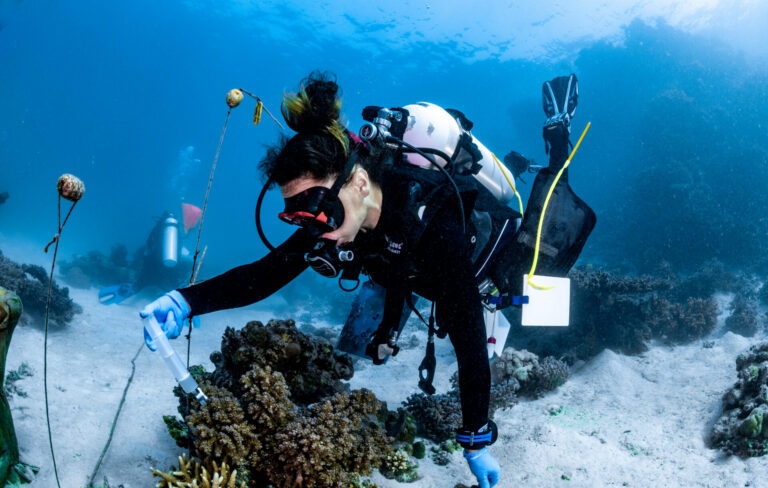
Marine Science
A place to trial hope for global reef restoration
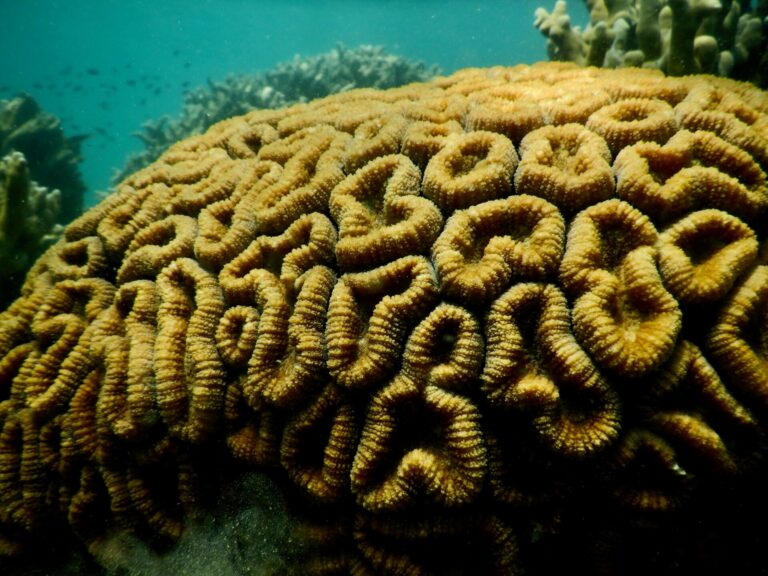
Marine Science
Reef-building coral shows signs of enhanced heat tolerance
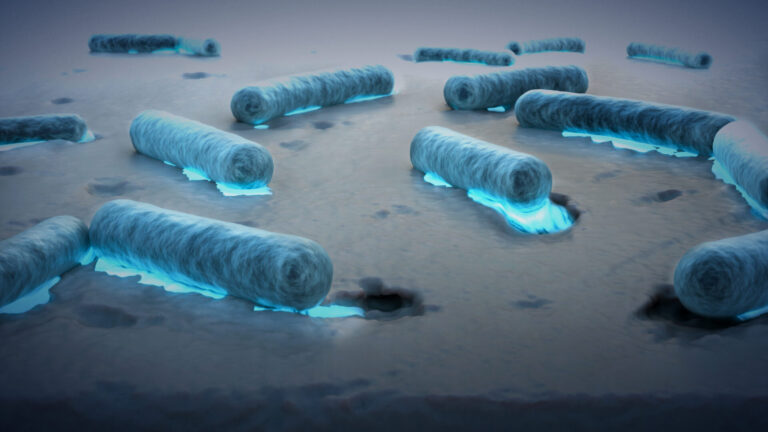
Marine Science
Plastic-munching bacteria found across the seven seas

Marine Science
AI reveals the universal beauty of coral reef growth
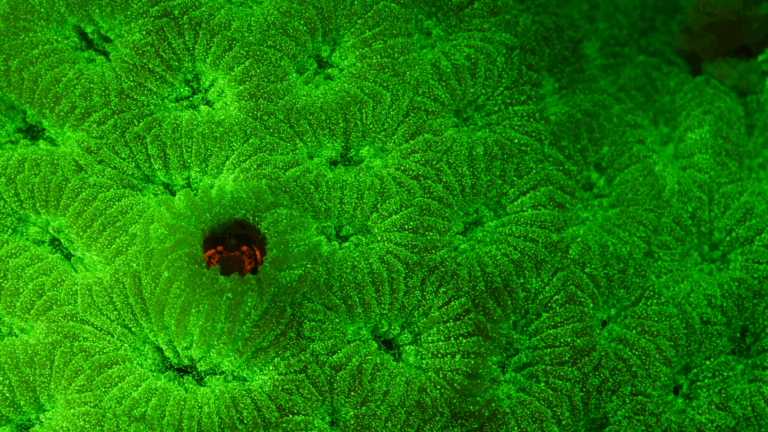
Marine Science
Tiny crabs glow to stay hidden
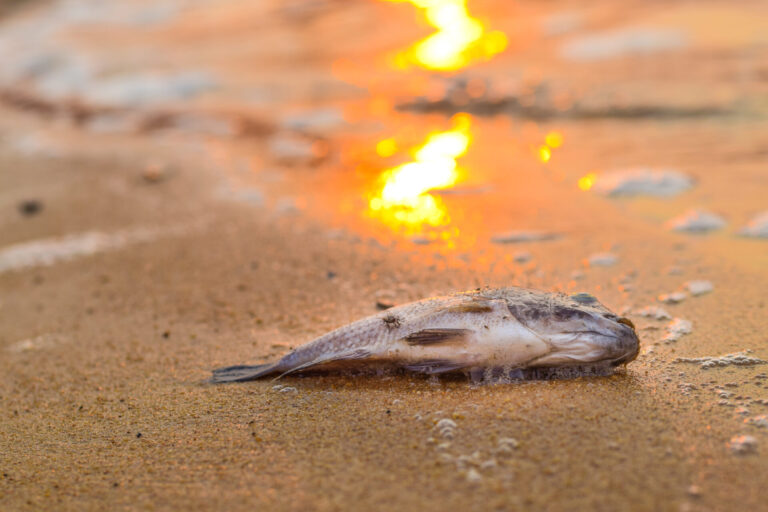
Marine Science
Mass fish deaths linked to extreme marine heatwave in Red Sea
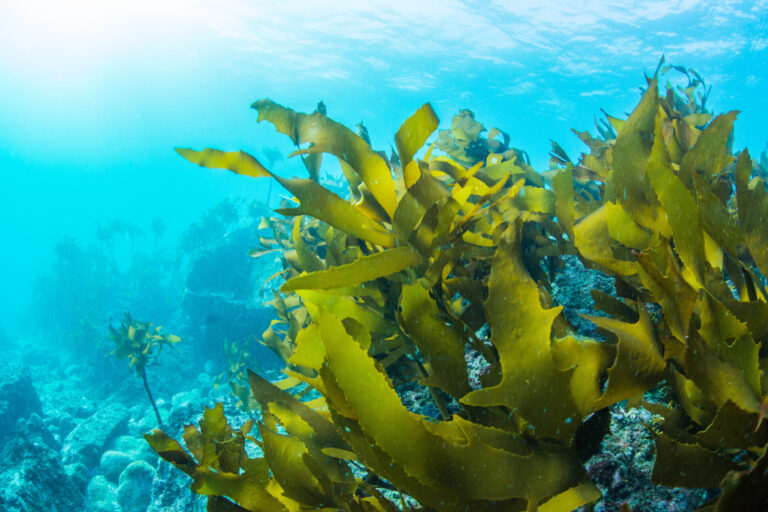
Marine Science
Weeding out the secrets of Red Sea macroalgae

Bioscience




